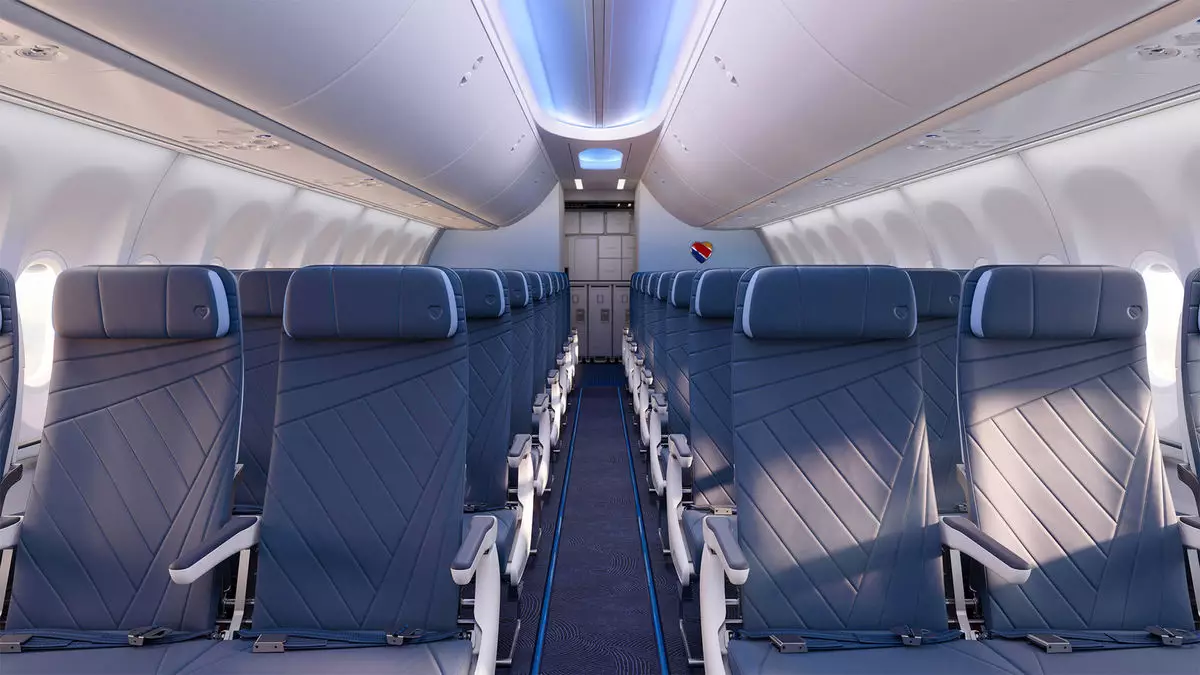Southwest Airlines recently announced that it is exploring various options to enhance its customer experience, particularly focusing on onboard seating and the overall cabin environment. This move comes as a significant shift for the airline, which has long been known for its unique approach of not assigning seats or charging bag fees, in addition to operating one-cabin planes without an extra-legroom product.
Deutsche Bank investment analyst Michael Linenberg emphasized the importance of Southwest’s evaluation of its customer experience, highlighting the potential for the airline to capitalize on monetizing its cabin and participating in high-margin revenue streams. Linenberg suggested that the company’s previous reluctance to pursue such strategies could have negatively impacted its relative margin performance.
When discussing potential changes to Southwest’s seating policy, CEO Bob Jordan hinted at the possibility of implementing seat assignments in the future. Jordan’s remarks during a Southwest Business virtual town hall meeting indicated a willingness to revisit the assigned-seating question as part of the airline’s ongoing efforts to enhance the overall customer experience.
In addition to evaluating its customer experience, Southwest Airlines is taking proactive steps to optimize its network and improve its financial performance. The airline announced plans to remove select airports from its network, including Syracuse, N.Y.; Bellingham, Wash.; Cozumel, Mexico; and Houston Bush Intercontinental, while reducing operations in Atlanta and Chicago O’Hare.
Southwest’s strategic decisions to scale back in underperforming markets and streamline its network align with its overall goal of enhancing operating margins and financial stability. Despite reporting a net loss for the first quarter, Southwest remains committed to implementing cost-cutting measures and adapting to challenges such as Boeing delivery delays.
Southwest’s decision to exit or reduce service in certain markets reflects the airline’s agility in responding to evolving industry dynamics and changing demand trends. By reallocating resources and optimizing its network, Southwest aims to position itself for long-term success and sustainable growth, even amid uncertainties in the aviation landscape.
Southwest Airlines’ focus on enhancing its customer experience, optimizing its network, and improving financial performance signals a strategic evolution for the carrier. By proactively addressing challenges and exploring new opportunities, Southwest is poised to adapt to a rapidly changing industry landscape while remaining true to its core values of customer-centric service and operational excellence.

